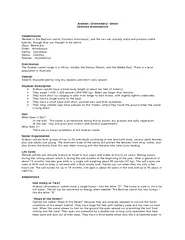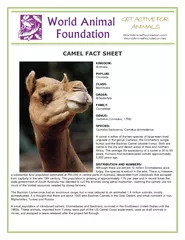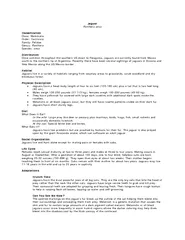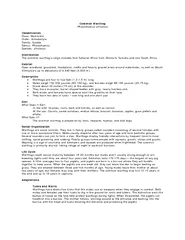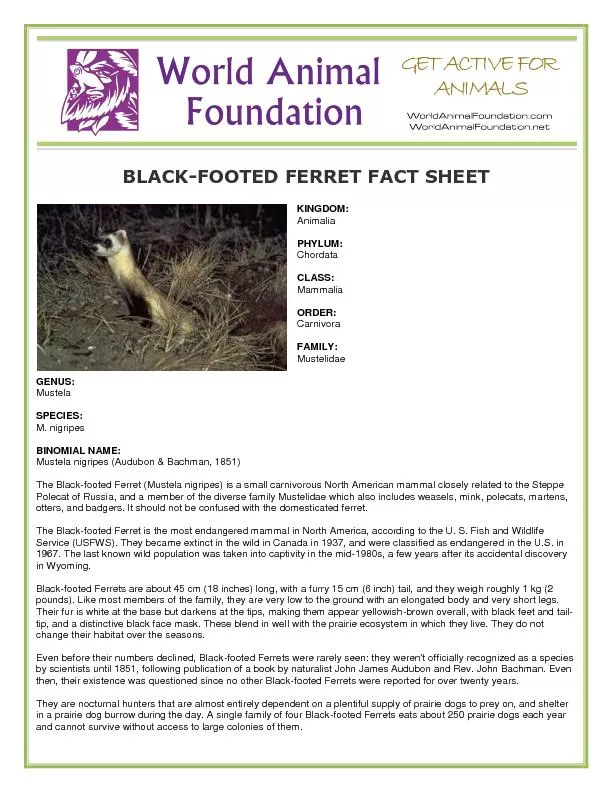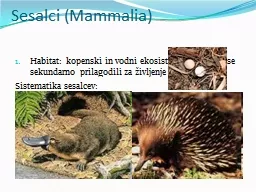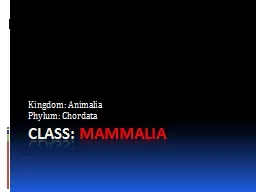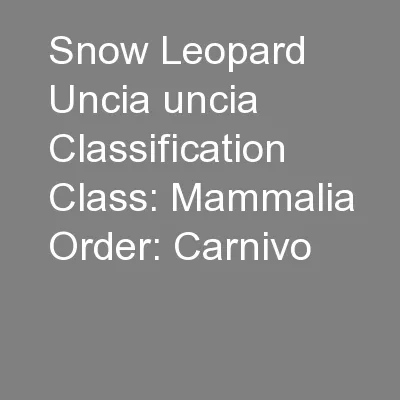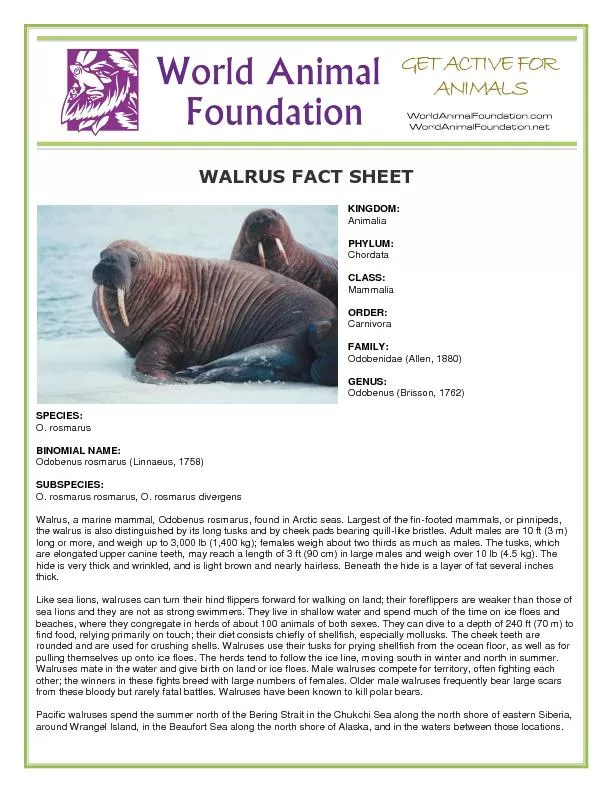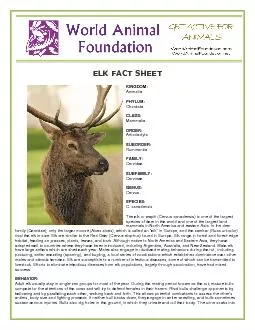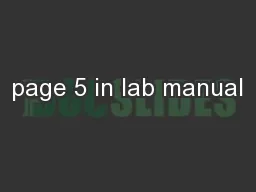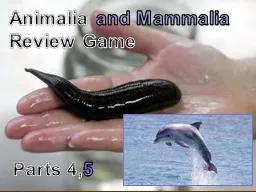PPT-Class Mammalia
Author : giovanna-bartolotta | Published Date : 2016-05-04
Pages 557 573 Mammalia is one of the smallest classes under K ingdom Animalia However it contains most of what we call animals today Mammalia also contains humans
Presentation Embed Code
Download Presentation
Download Presentation The PPT/PDF document "Class Mammalia" is the property of its rightful owner. Permission is granted to download and print the materials on this website for personal, non-commercial use only, and to display it on your personal computer provided you do not modify the materials and that you retain all copyright notices contained in the materials. By downloading content from our website, you accept the terms of this agreement.
Class Mammalia: Transcript
Download Rules Of Document
"Class Mammalia"The content belongs to its owner. You may download and print it for personal use, without modification, and keep all copyright notices. By downloading, you agree to these terms.
Related Documents


